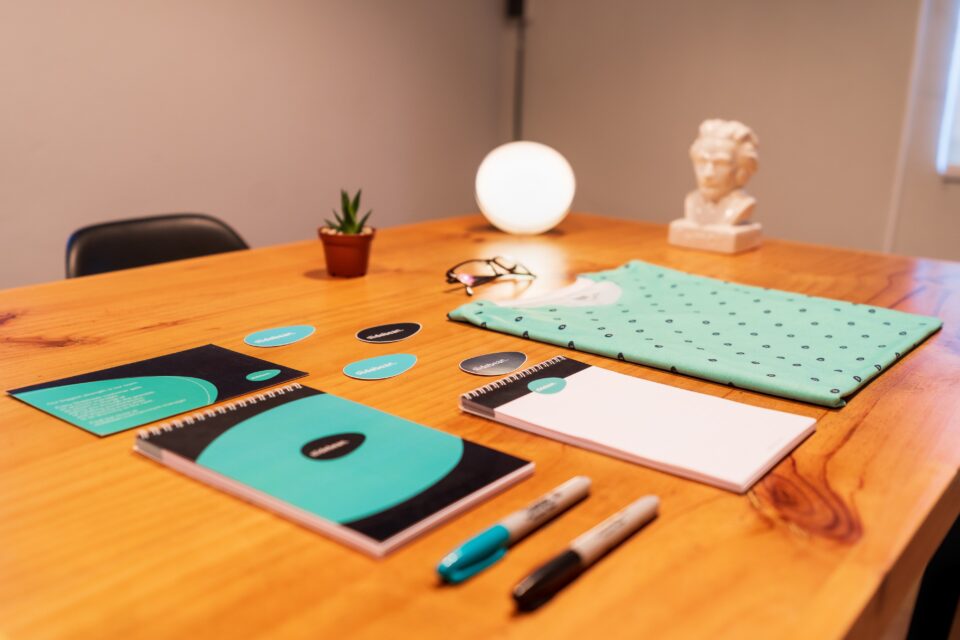For many businesses, 2020 has essentially been a wash-out year. Even if it didn’t actively damage them, it didn’t help their growth either. This means that 2021 is likely to be a year when entrepreneurs look to make up for lost time. Lockdown 3.0 is a blow to be sure but I for one am looking at it as one small piece of 2021. Are you ready to grow in 2021? If this sounds like you, here are some points to consider.
How do you want to grow?
There are basically two ways a business can grow. These are vertically and horizontally. Vertical growth is about growing within your niche. Horizontal growth is about expanding your customer base. Regardless of which approach you intend to take, you will need a robust plan to make it happen.
Ready to Grow in 2021? What are your SEO skills?
Realistically, for most SMEs, working with a reputable SEO company is far more practical than either trying to figure out SEO for yourself or hiring in-house resources. The main reason for this is that modern SEO isn’t just highly competitive, it’s also fast-moving and increasingly nuanced.
This means that people who want to succeed at SEO have to keep updating their skills to stay relevant. Few SMEs can afford the sort of investment this takes, especially for a service which is probably something they need rather than something they want.
What are your social media skills?
There are basically two ways you can use social media. One is to advertise on it. The other is to build a community on it. Both approaches are valid and many SMEs combine them.
It is, however, important to recognise that modern social media is only as effective as your skills and budget. For example, if you’re planning on running adverts, you need to be sure that you’re getting the right message out to the right people for the right price.
Similarly, you need to take a pragmatic approach to community-building on social media. Take a lesson from the entertainment industry and allow at least half of your overall content budget for promotion.
If this leaves you short, then remember that you can do a lot of community-building on social media without actually producing content. Just go on to other people’s threads and chat (respectfully).
Are You Ready to Grow in 2021? How strong is your infrastructure?
If you have any issues with your business processes, then you need to address them before you start your push for growth. Otherwise, you’ll find those minor issues soon turn into major ones as they come up more and more frequently.
Even if you’re generally happy with your business processes, you might still want to take the time to see if there are ways to improve them. Three areas to look at in particular are automation, delegation and payment processing.
Automation means using software tools to handle basic tasks. This leaves you free to deal with value-add tasks. Delegation is handing over value-add tasks to people who are more skilled at them than you. Getting these right can save you a lot of time, which you can use to focus on growing your business.
On a slightly different note, your payment processing options will determine how much of the sale price of a product or service you get to keep. If you’re still sticking purely with payment cards and/or ewallets, then now may be the time to review some of the newer alternatives. Ready to grow in 2021? It may mean that small changes are in order to pave the way.


